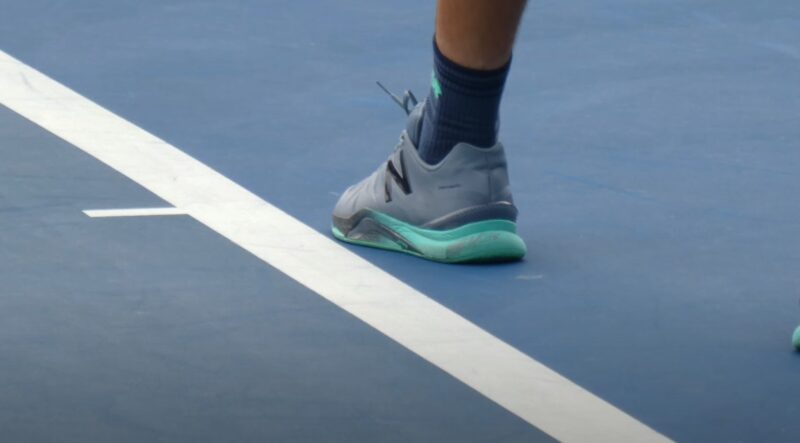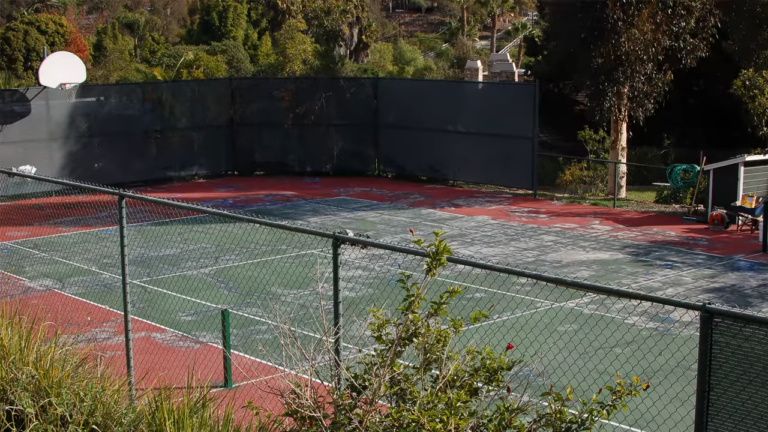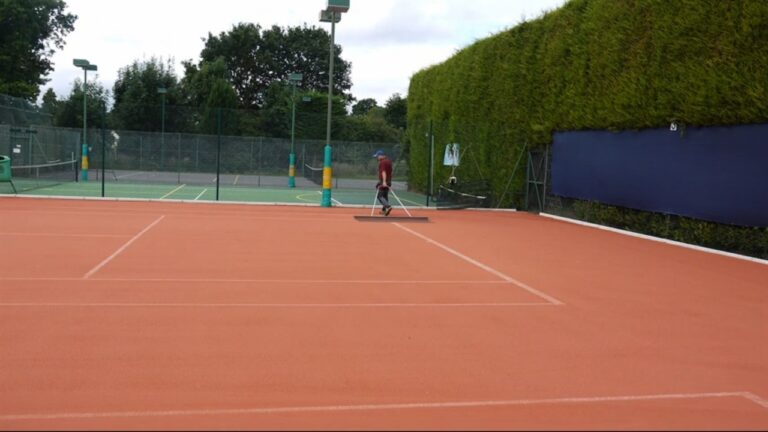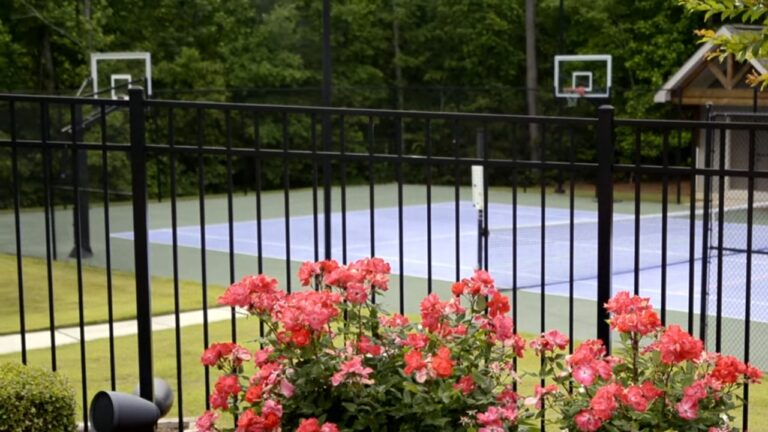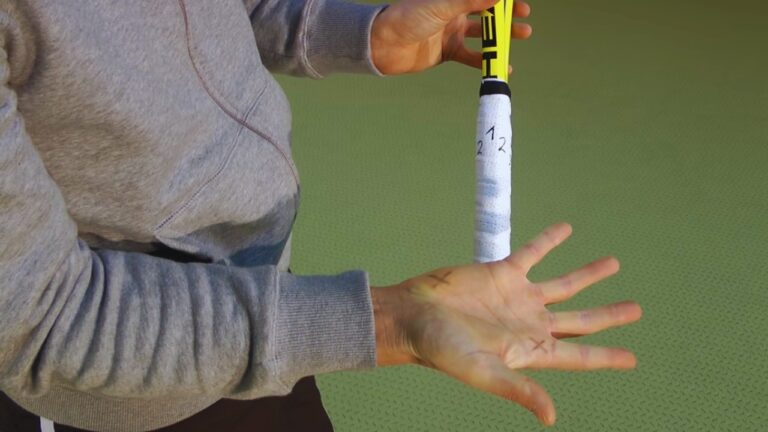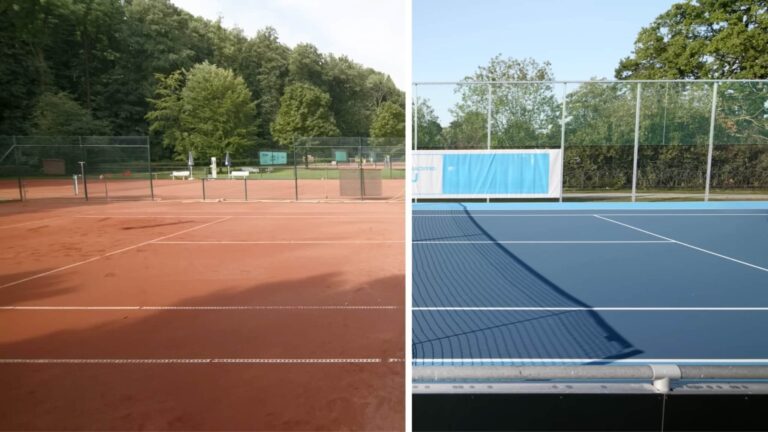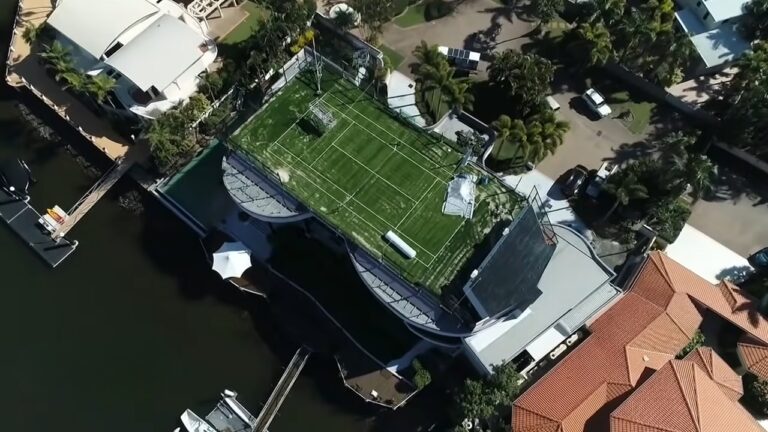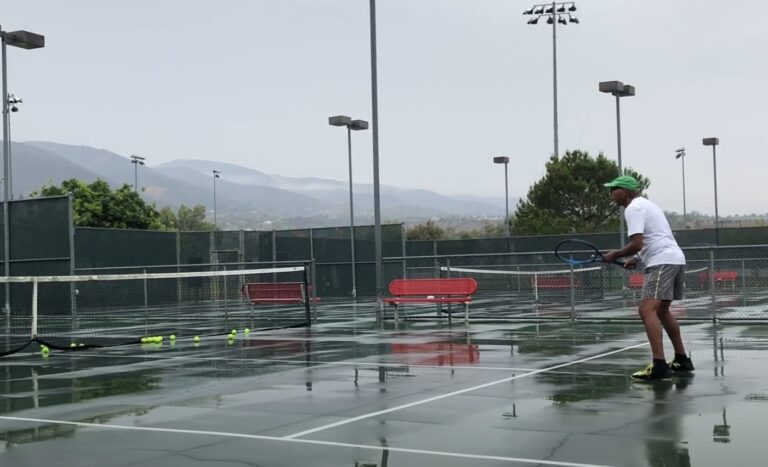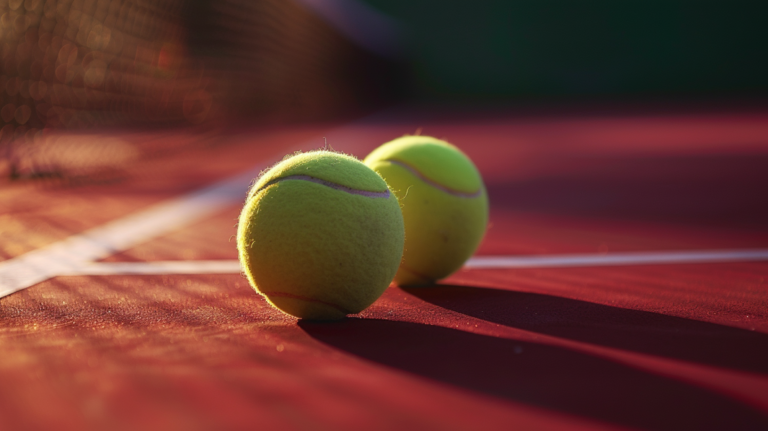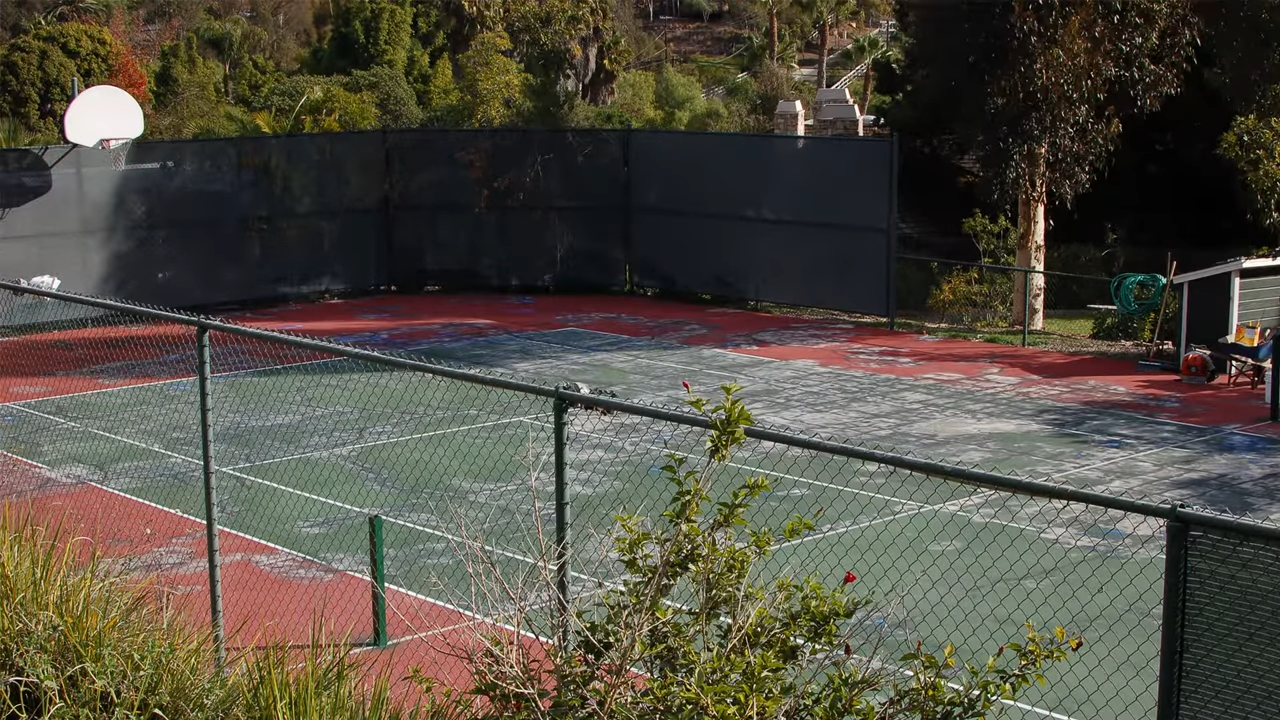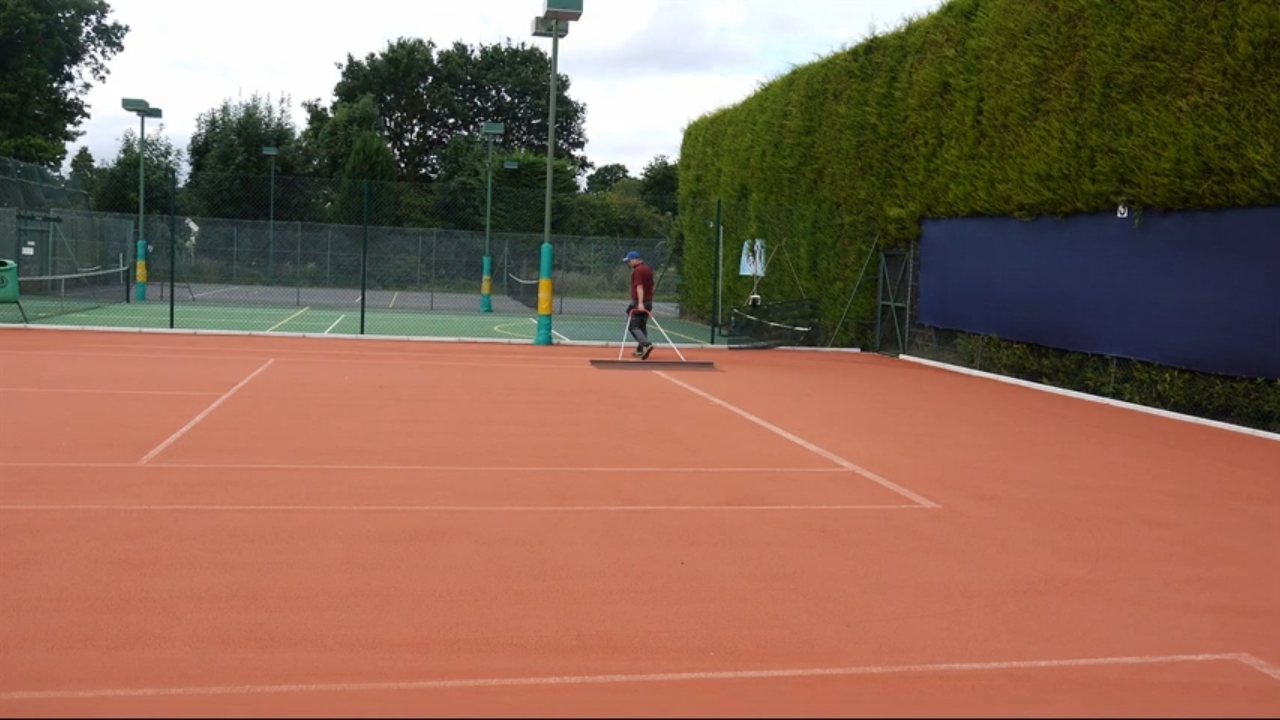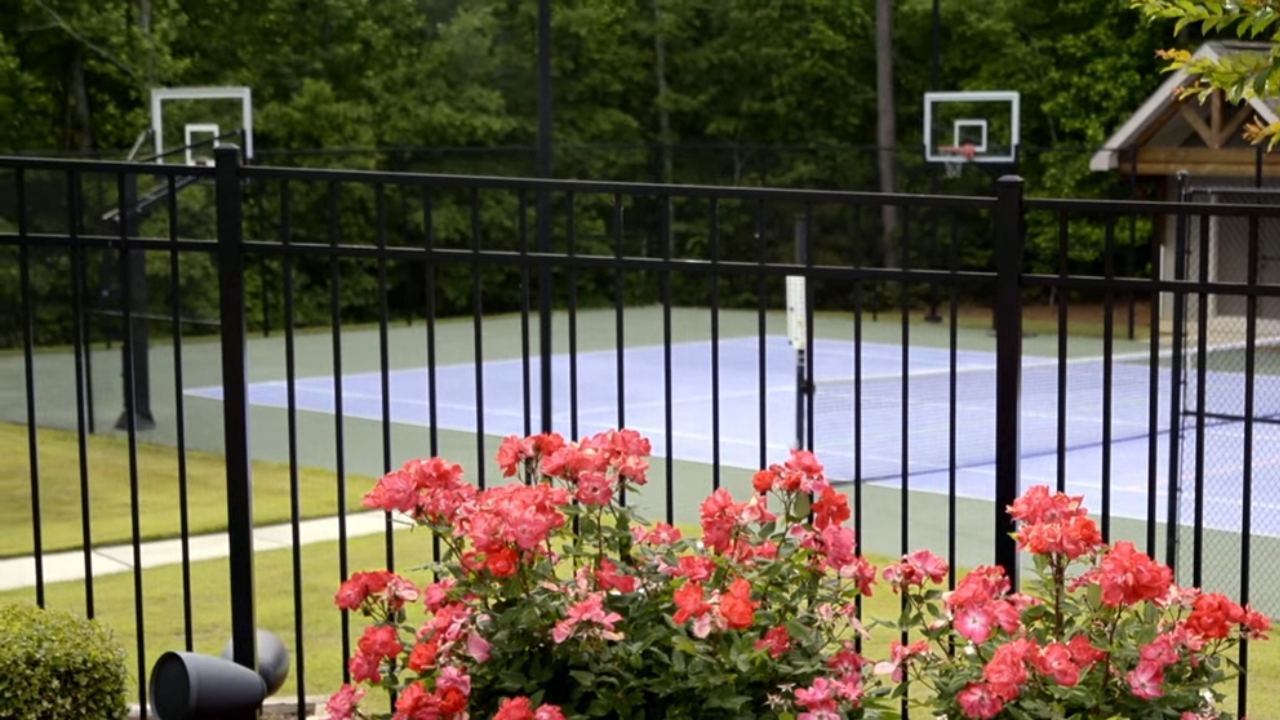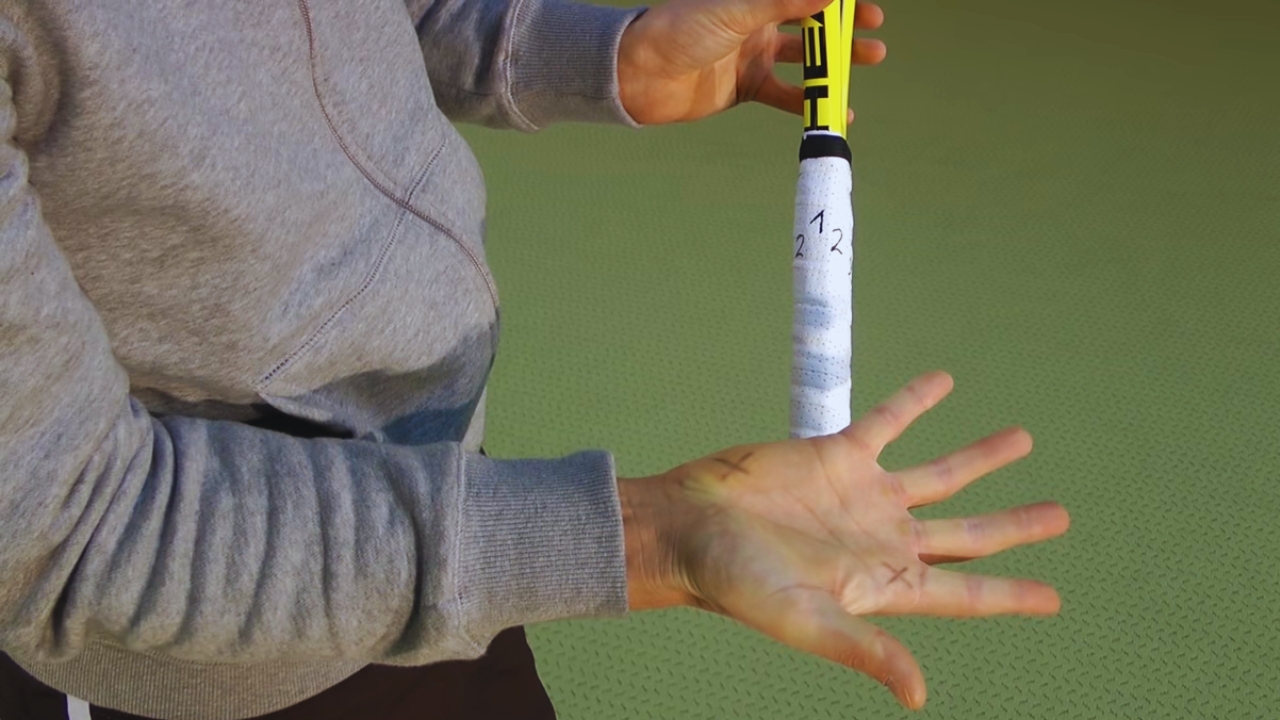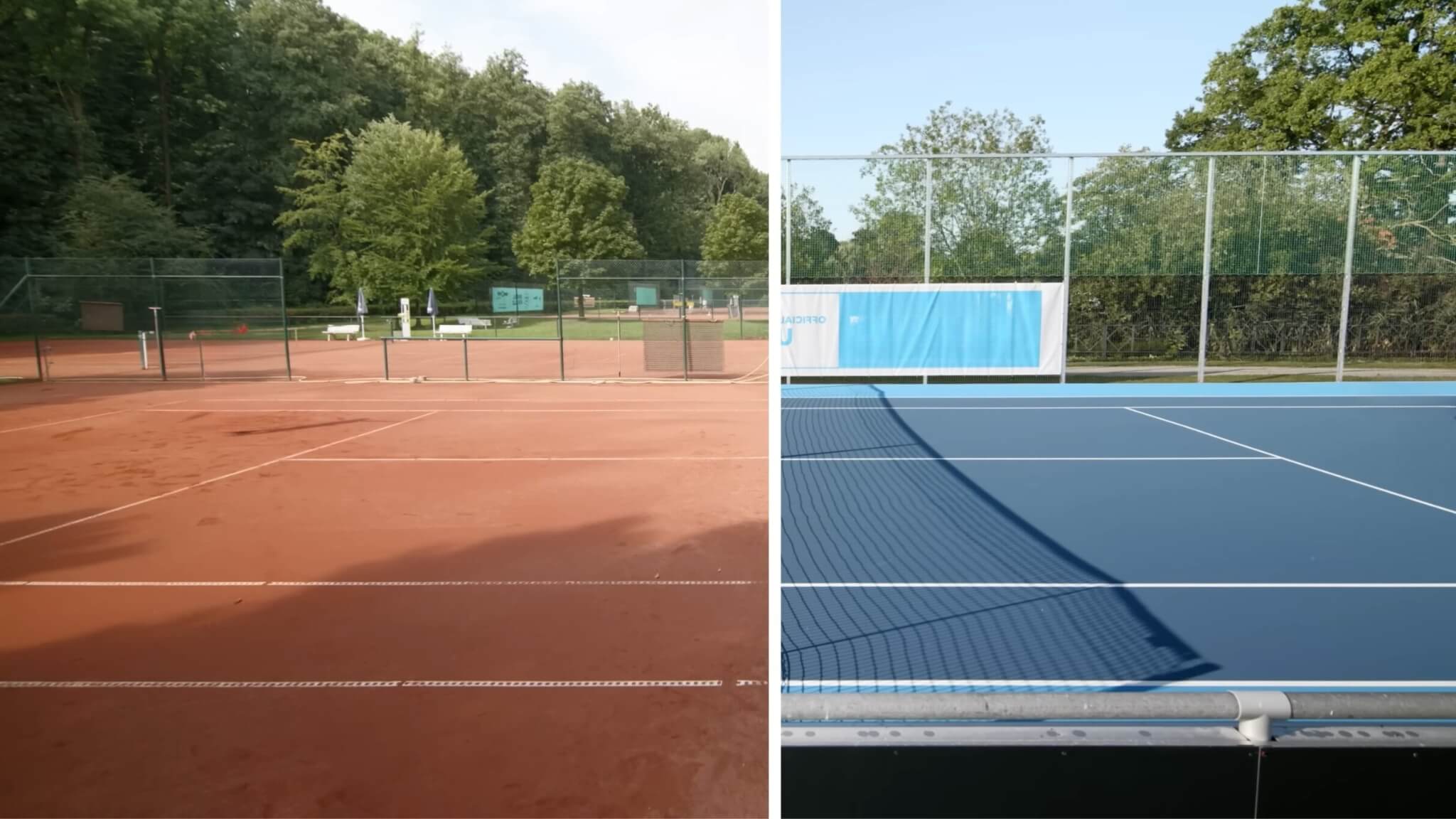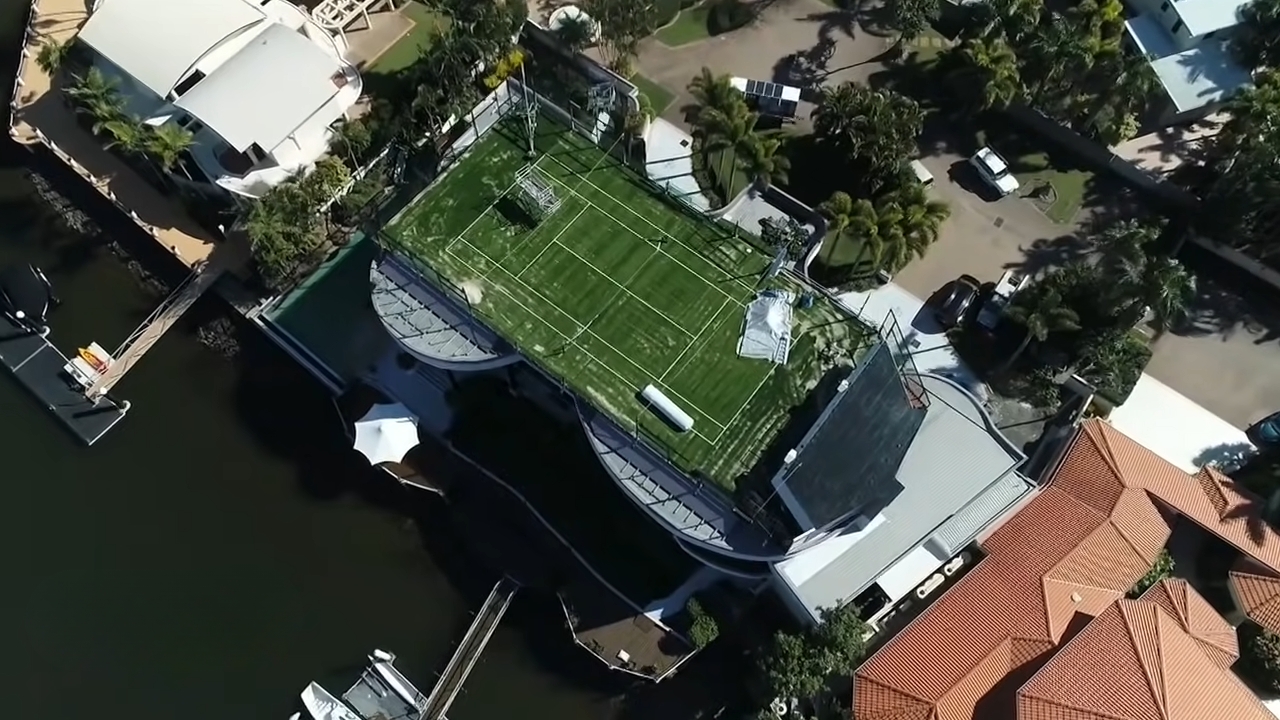A foot fault happens when your foot touches or goes over that baseline before you hit the ball. Seems simple but it can be tricky to always get right! The line is there to keep things fair for both players.
It takes practice to keep your feet behind the line while hitting fast balls! Even the best players gotta watch out. Following the rules, even when it’s tough, is part of getting better at tennis.
So next time you watch a match or go for a lesson, pay attention to foot faults. Now you’ll know what all the fuss is about.
Definition and Rules
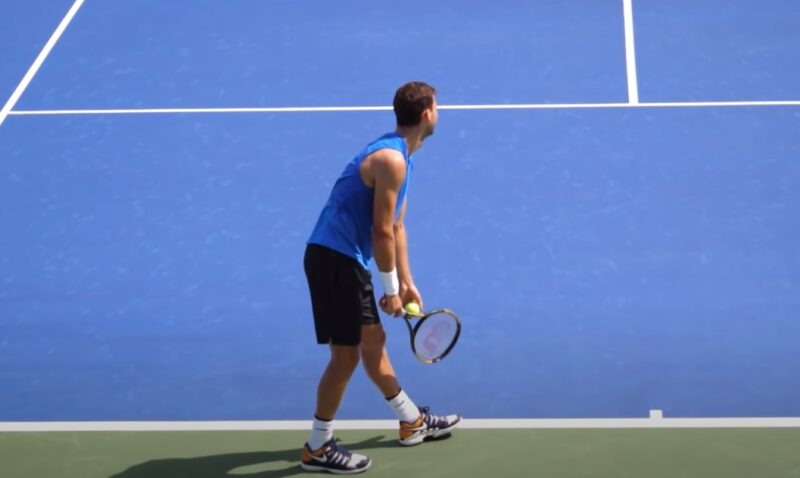
The officials have some clear guidelines for a legal service. Both feet gotta stay behind the baseline, and you can’t touch the line or court in front of it. Only small shifts are allowed, no walking or running.
This is important cuz moving up would give an unfair advantage over the returner. The rules create an even playing field.
Foot faults happen more than people think at all levels. It’s easy to slip up when serving fastballs. Understanding the positioning is key so you don’t get called for it.
The Importance of the Rule
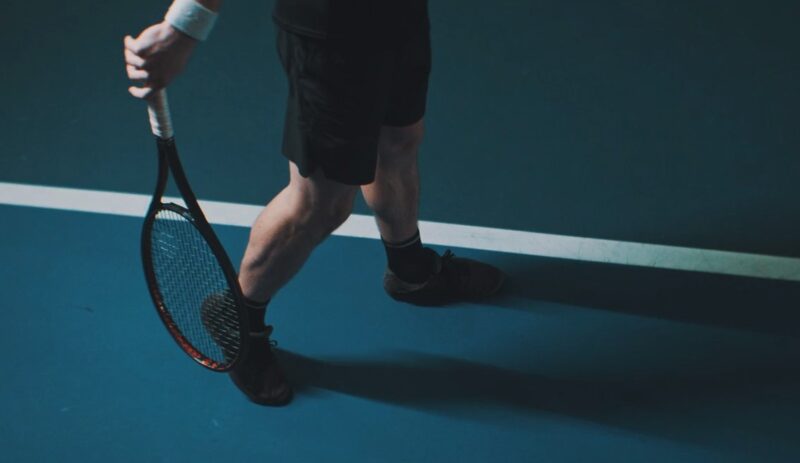
Why is foot placement so important during a serve? It’s all about being fair. If servers could step up closer to the net, that wouldn’t be right. The line makes sure both players have equal chances.
Keeping things fair is the name of the game in tennis. It’s not just about running fast or hitting hard – where you stand matters too. Foot faults keep things fair between the server and the one returning.
It also pushes players to perfect their serve. Being precise with your feet is part of developing skills. That helps the whole sport get even better over time.
The rule challenges everyone to focus on technique, not just power.
Detection and Calls
Usually, it’s the line judges keeping an eye on servers’ feet during the serve. In big pro matches sometimes the chair umpire or other line judges will watch too, especially on Grand Slams.
New tech like Hawk-Eye is also starting to be used. It can help catch close calls on video replay. But that high-tech stuff isn’t everywhere yet.
Getting calls right is key since foot faults can change a game’s results. At smaller tourneys without extra help, players have to call themselves out if they mess up.
The Impact of Foot Faults
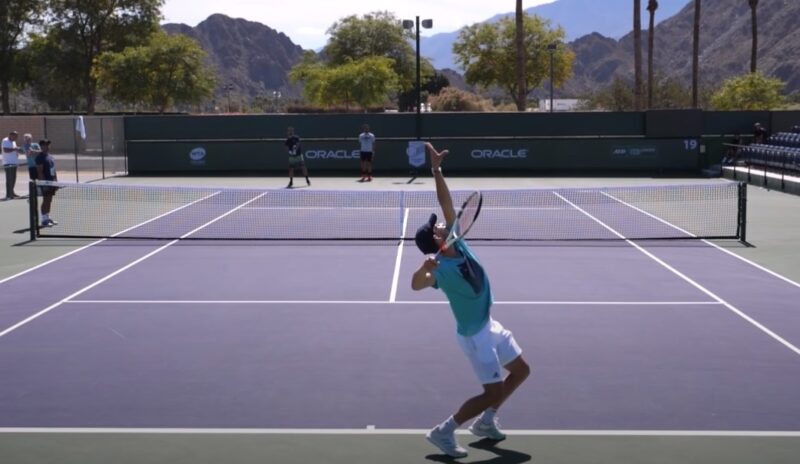
On Player Performance
Getting called for a foot fault can throw some players off their game. It can mess with their flow and make ’em lose confidence in their serve. That’s bad news. And if it happens on a second serve it leads to a double fault, which loses the point. That’s why it’s so important to practice with the right foot placement.
The mental part of this rule is huge too. A player can start doubting themselves or hesitating after one of those calls. For folks trying to go pro, getting their feet right during serves is a big deal. It’s something they gotta master.
Coaches know even a little slip-up where your feet are can have big results. They always stress how key proper placement is. Just one small error and it could cost ya the whole point. So players need to focus hard on keeping their toes behind that line.
Mental Aspect
Coaches and sports psychologists help players deal with the stress and frustration from those calls. They know you gotta build strength in your mind to push through setbacks like foot faults. If a call throws you off, your whole game will slip.
It’s easy to get all tangled up in your thoughts after messing up, but learning to stay focused is key. Dealing with mistakes is part of improving as a player. The coaching staff works hard with players to manage emotions so one little slip doesn’t ruin the whole match. Having a solid mental game is a big part of success in tennis.
How to Avoid It?
Choose Proper Training Techniques
Coaches work closely with players on their serving form, making sure feet stay legal the whole time. Drills with something like a little cone just behind the line can help reinforce proper placement.
Video is also super useful since it lets players see what they’re doing. Coaches will go frame by frame to point out even tiny mistakes. That way people can adjust fast.
Practicing footwork again and again drills the right habits. Then when it counts in matches, players are less likely to mess up where they stand. They also do exercises to help balance and control their body while serving at top speed.
Mental Preparation
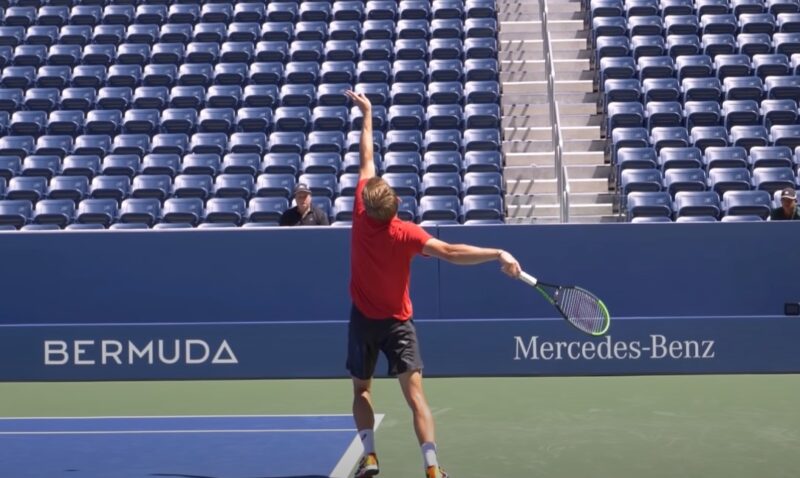
Players need a routine they follow each time to keep focused on their feet. Having that plan helps a ton when things get intense in close matches.
Visualizing serves can also give an edge. By picturing foot placement along with the swing, it starts to feel automatic. Sports psychologists give pointers on building these mental strategies. It assists in dealing with stress during serving.
The mental toughness is crucial, especially in big matches where pressure is high. Players use things like deep breathing and relaxation to stay calm and in control. If they rush, it’s easy to slip up with footwork. Taking that extra second keeps them sharp.
Regular Practice
The more you practice, the more natural your foot placement will feel when you serve. This helps avoid foot faults, especially in big matches when pressure is high.
Coaches say it’s key to repeat drills over and over. Players work on serving for hours each week, showing how important it is.
Also, always focus on your footwork, even in drills about other things, and keep the rule in mind. This reinforces the rule and keeps it central to your technique.

